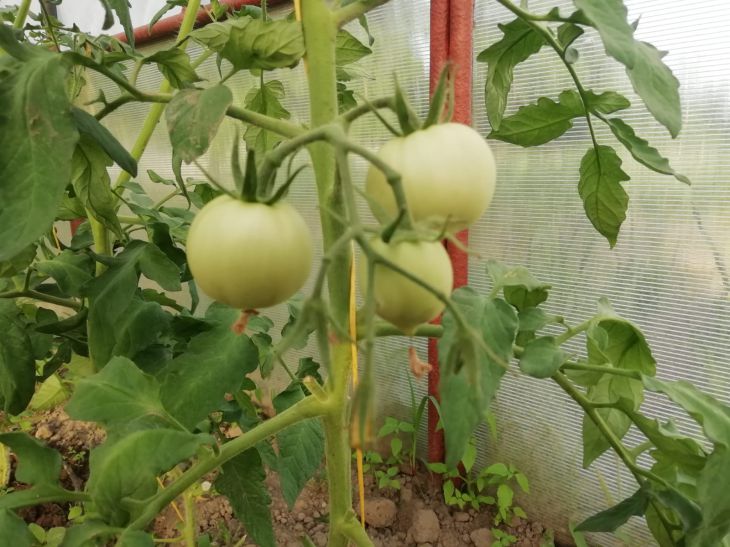Juicy, ripe tomatoes are the pride of every gardener. They not only please the eye, but also serve as an indispensable ingredient in many summer dishes. However, the path to a rich tomato harvest is not as simple as it may seem at first glance.
The key factor for success is proper watering. Experienced gardeners know that tomatoes are extremely demanding of moisture, and the slightest mistake in the watering regime can lead to crop loss or the development of diseases.
The art of watering tomatoes combines knowledge of plant physiology, an understanding of soil characteristics and the ability to read natural signals.
Frequency of watering
Determining the optimal watering frequency is a real art that requires care and experience.
In hot weather, tomatoes need more frequent watering than in cool weather. However, over-watering can be just as harmful as under-watering.

Experienced gardeners recommend watering tomatoes no more than two or three times a week, but generously. This approach stimulates the development of a deep root system, which makes the plants more resistant to drought.
Volume of water for irrigation
The amount of water needed for irrigation depends on many factors: the size of the plant, its stage of development, air temperature and soil type.
On average, one adult plant requires 5 to 10 liters of water per watering. It is important to remember that young plants need less water than adult bushes with fruits.
Watering time
Choosing the right time for watering plays an important role in the health of tomatoes. The best time for this procedure is early morning or late evening, when the sun is not so active.
Watering during the hot afternoon can cause leaf burns and the evaporation of most of the moisture that has not yet had time to be absorbed into the soil.
In addition, evening watering allows plants to accumulate moisture before the night period of active growth.
Watering method
The method of watering also affects the health and yield of tomatoes. It is preferable to water the plants at the roots, avoiding water getting on the leaves and stems. This reduces the risk of fungal diseases.
Many experienced gardeners use drip irrigation or hoses with micro-holes, which allows for uniform soil moisture without wasting water.
Mulching
An effective way to retain moisture in the soil is mulching. A layer of mulch (straw, mown grass or special mulching film) around the plants helps retain moisture, prevents weed growth and regulates soil temperature. This allows you to reduce the frequency of watering and create more comfortable conditions for the development of the root system of tomatoes.
Water quality
Don't forget about the quality of water for irrigation. The ideal option is settled water at room temperature.
Cold water from a well or tap can shock plants and slow their growth. Using rainwater is especially beneficial for tomatoes because it is chlorine-free and rich in natural minerals.
Signs of moisture deficiency and excess
An attentive gardener always monitors the condition of his plants. Signs of lack of moisture in tomatoes are wilting leaves, especially in the hot hours of the day, as well as dry brown edges of the leaves.
Excess moisture can manifest itself in the form of yellowing leaves, falling flowers and rotting fruits. The ability to "read" these signals allows you to adjust the watering regime in a timely manner.
Earlier we talked about how to water plants correctly.








